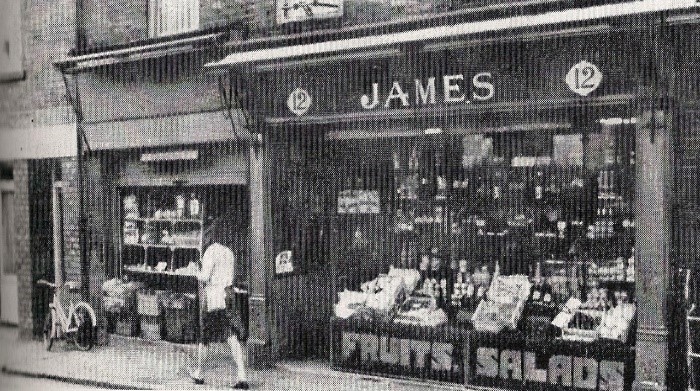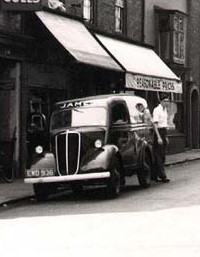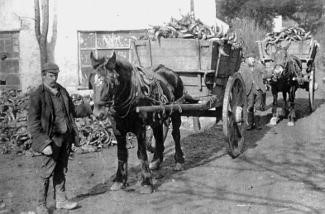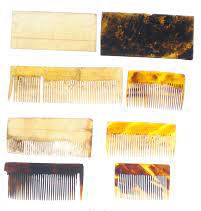CovSoc member Peter James tells us a bit about the comb makers of Kenilworth, which included some of his ancestors. Peter writes…..
This obituary appeared in the Coventry Herald on 12th September 1902:-
“The Late Mr. Henry James – On Friday morning last the death took place, at his residence in New Street of Mr. Henry James at the age of 79 years. He was one of the oldest and best known of Kenilworth residents. Formerly connected with the now extinct industry of comb-making carried on in the town for many years, he was in the forefront of the trade when it was in the hey-day of its prosperity. He employed a number of hands and did a splendid trade. The work embraced the finest artistic workmanship, including ornamental tortoiseshell, and other valuable adjuncts for the hair etc. On the decline of the local industry following the introduction of machinery, some of the Kenilworth comb-makers migrated principally to Sheffield. Some who remained started the new industry – fruit and vegetable cultivation – for which Kenilworth is now well known. Mr. Henry James was one of these. He threw up comb-making and was one of possibly the very first to begin fruit culture for marketing purposes. He applied much of his energy talent and labour to the cultivating of the “Kenilworth Strawberry” and his son Mr. William James has in later years greatly developed the business of strawberry growing……………………”
William James lived at Ivy Cottage on Coventry Road and actually supplied Queen Victoria with strawberries for her summer vacation in Balmoral in 1887. He received a further order in the following year, suggesting a satisfied customer.


In 1716 Jonathan Applegarth moved from York to Kendal then in 1718 he took on John Gaunt Littleton as an apprentice. After serving his time, in 1727 John moved to Kenilworth and set up business in New Street as a combmaker. Littletons became the largest combmakers in Kenilworth.

John probably chose Kenilworth as it was on a main cattle drovers route between North Wales and the South of England. As well as a number of combmakers the town had tanneries in Warwick Road, Bridge Street and Tanhouse Lane and a number of slaughterhouses. Cattle were an important factor in the growth of Kenilworth during the Nineteenth Century.

In 1865 The Journals & Correspondence of Miss Berry were published. According to Miss Berry she visited Littletons on Saturday 22nd August 1807 and wrote “The curious operation of cutting open the horns and flattening them, by holding in tongs to a wood fire, and then putting them between thick iron plates, which are heated and pressed together, with the pieces of horn between them. The man we saw at this business, which is very hot and fatiguing, will earn better than four shillings per day, working fourteen or fifteen hours”
Tools for cutting and shaping the horn had exotic names:- grail, topper, niggler, vid, quannet, float, raddisher and stadda.
The industry peaked in Kenilworth between 1820 & 1838 with about 140 combmakers living and working there. A local newspaper of 1888 featured an article which stated “The number of makers is now comparatively few and in fact, the art may be described as almost lost.” By 1905 only two remained: – Charles Newey of 6 New Row and Edward James of 6 Lion Yard.

